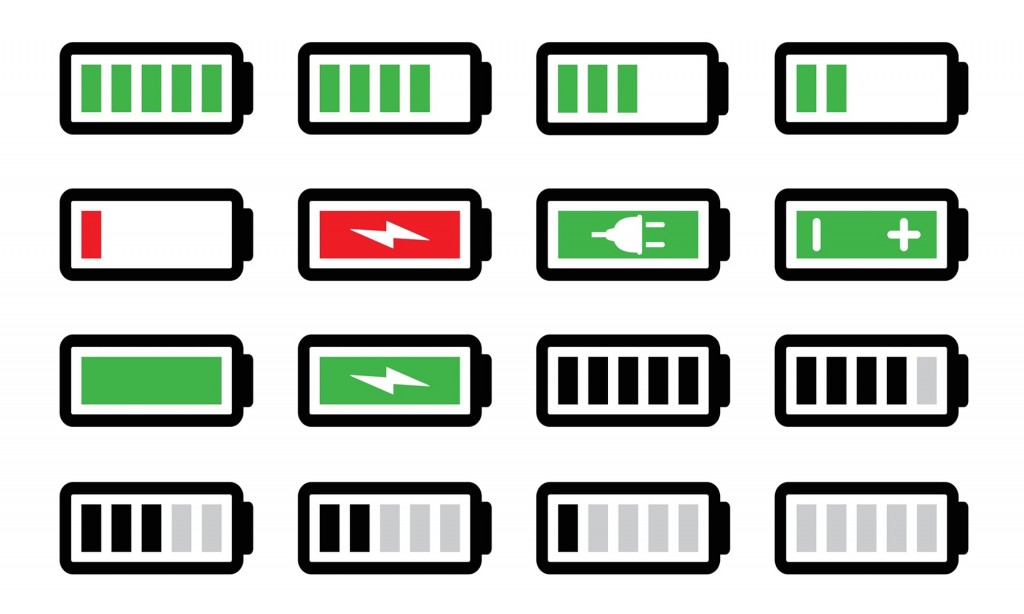A group of researchers including four French and Belgian security researchers believes that users can be tracked online with nothing more than the remaining battery power on their laptops & mobiles. They have highlighted this fact in their research paper related to privacy risks associated with HTML5 battery life API.
You will be surprised to know that HTML5 has a feature which allows websites to find out how much battery power a visitor has left on his/her smartphone or laptop. The researchers found out that the website receives a very specific information related to battery power on the visitor’s device. This information consists of estimated time in seconds for the full battery discharge and the battery capacity expressed as a percentage. Both these numbers when taken together can form a potential ID number in 14 million different combinations. The websites can use battery status for about half a minute to identify users across the world since the values change every 30 seconds.
The battery status API is supported by all major web browsers including FireFox, Opera, and Chrome. This API was introduced by the World Wide Web Consortium (W3C, an organization looking after various web standards) in 2012. The basic aim for the API was to help websites conserve visitor’s energy by disabling extra features responsible for battery drainage. W3C’s claims that “the information disclosed has minimal impact on privacy or fingerprinting, and therefore, is exposed without permission grants.”
Moreover, if a user visits a website frequently within a short interval than the website can activate user’s cookies and other client-side identifiers with battery level and charge/discharge times.
You can read more about the research here.
Via The Guardian





 Punjab IT board introduces a real-time flood monitoring system
Punjab IT board introduces a real-time flood monitoring system